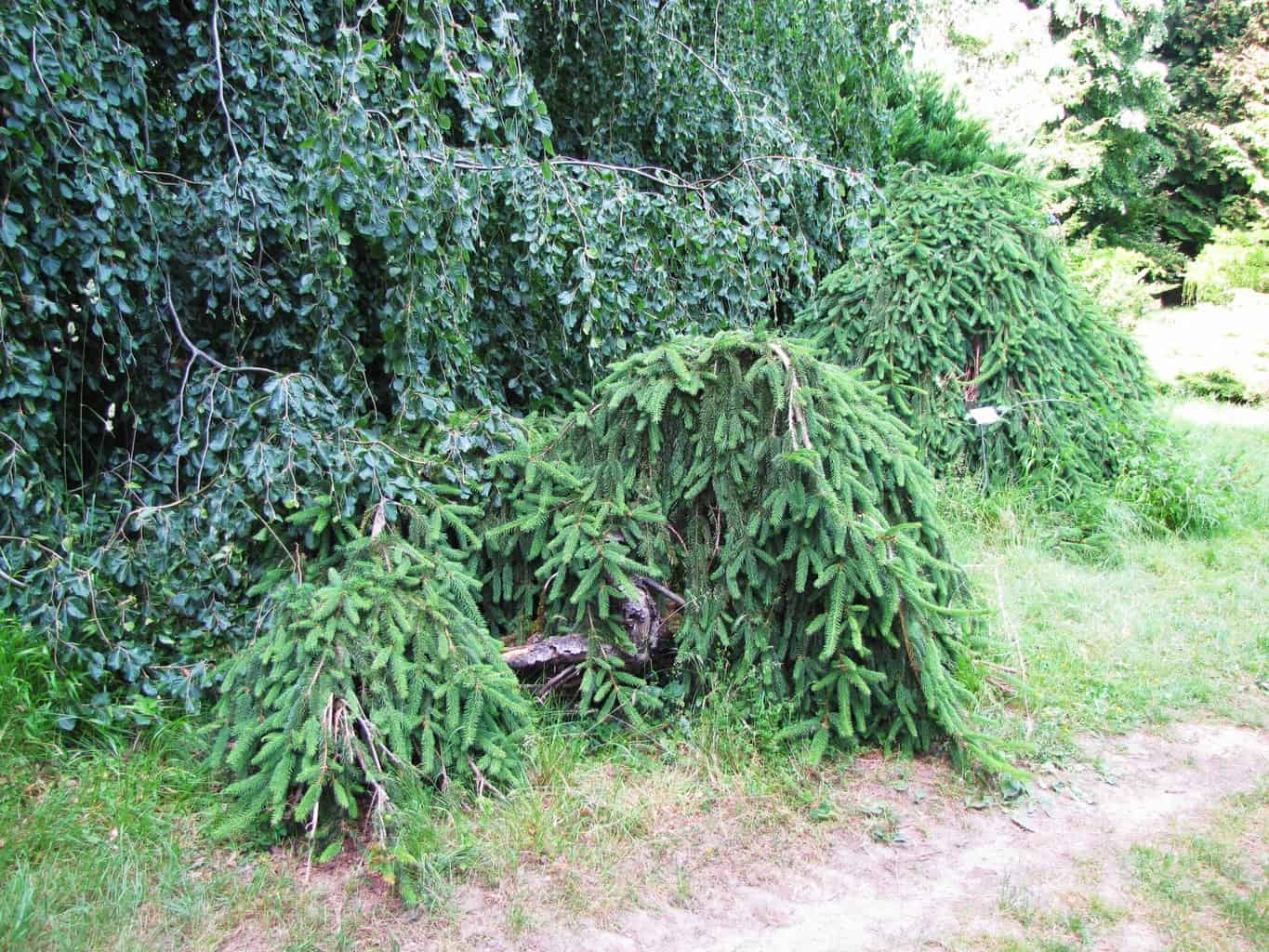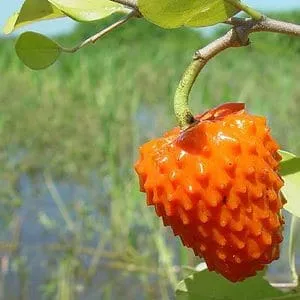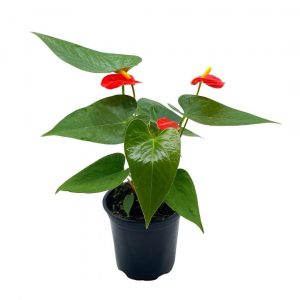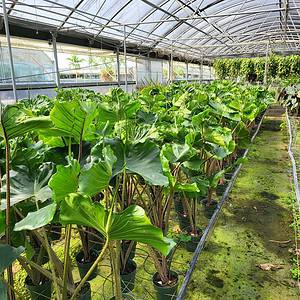No products in the cart.
Table of Contents
Nothing is more spectacular than the weeping Norway spruce for something unique to grow as a tree upright or as a ground cover. It is a lovely conifer you can plant in your large-scale plantings for its dramatic structure. It can also be trained and pruned to thrive in a container.
Today we will help you care for your young trees to become established trees in the garden.
More About The Weeping Norway Spruce Trees

A fascinating thing about the weeping Norway spruce is that it is not grown using seeds. Hence, you find no restrictions in the USDA zone. It can develop as a flowing non-flowering specimen when trained as a young tree to be left alone.
You see the trees in Asian gardens with their weeping branches staked to grow up to 15 feet tall. They fit in well in naturalistic landscaping in different regions covered in snow. But if you prefer, it can grow in difficult spaces as a ground cover to spread through the garden.
Do not want a weeping spruce mat, then grow it in a larger container. One thing you will love is the cascading branches covered with dark green, fragrant needles. As the tree matures, you see a display of nine-inch long brown cones.
The tree is slow growing and helps remove air pollutants, making it an excellent tree in the home or the landscape. For those wanting to know its fancy botanical name, it goes by Picea abies pendula.
The best time to plant your weeping evergreen is early spring to early fall. Yet, this weeping Norway spruce does come with a note of warning. The tree is not native to the USA and can become invasive and harm the native flora and fauna.

Picea Abies Pendula Care

Once your Norway spruce is established in containers or a garden, it is a low-maintenance tree. The best part is that they are resistant to air pollutants and deer. So, all you need to decide is whether you want it to cover the ground or stand upright.
Planting Weeping Norway Spruce
If you decide to plant your weeping Norway spruce upright, the first thing is to provide it with enough space to expand. Then remove your sapling from the container and tease the roots around the root ball.
Dig a hole deep enough for the root ball and twice the width. Please place it in the hole with the top root ball level with the soil and fill it with topsoil and organic compost. Tamp down on the soil to remove air pockets.
If you want your tree to rise vertically, it helps to place several wood stakes about eight inches away from the spruce trunk after planting. Then attach some fabric ties to keep it upright and water well, and add some mulch around the trunk using bark chips.
Ideal Lighting

Whether you have your weeping Norway spruce in a pot or natural water gardens, the evergreen, while a slow grower, thrives in full sun in the morning to part shade for new growth. With some partial shade, it helps keep the needles protected from the full sun in the afternoon.
Soil
For soil conditions, your new trees need acidic soil with moisture to flourish. But it also needs well-drained soils as it does not tolerate standing water. Thus, if you have your new plants in pots, ensure it has enough drainage holes.
Water
When the weeping Norway spruce is still young, it needs regular watering when the soil is dry. Hence, monitoring the soil moisture during the first three years as the extensive root system develops is essential. When the tree matures, the roots provide enough water, and moderate watering is needed depending on the natural rainfall.
Fertilizer
Once planted, the Norway spruce needs not much fertilizer, and mature trees only need feeding every few years. We recommend a balanced fertilizer for shrubs and trees applied in spring for healthy growth.
Temperature and Humidity

The essential thing for growing the tree in containers is to provide it with at least six hours of sun. Still, it is a cold, hardy tree that will survive a winter outside, even in the snow. Still, it will struggle during summer in hot, humid temperatures.
Pruning
While setting up your basic framework for your tree helps to prune it by cutting back on unwanted growth. Similarly, pruning will help to give the tree a desired shape. Furthermore, it helps remove damaged branches.
Yet, to keep the plant compact, you can make a slit above a leaf bud and repeat it during pruning. Finally, but very importantly, take care of the leader, the topmost vertical twig in line with the main bark.
Never chop the leader off as it is the spruce’s tip and needs one leader. The best time to do pruning is in winter and always use sharp, clean tools. As the tree spreads up taller, a good investment is pole pruners.
Propagation
To propagate your weeping Norway spruce, the best is to use cuttings from this evergreen. We recommend taking hardwood cuttings in fall or winter when your trees are dormant.
Take sharp, clean pruners and cut a six-inch long cutting below a leaf bud at a 45° angle.
Strip away the needles at the bottom and place that cut end into sandy, well-drained soil.
Please place it in a spot with warm temperatures with bright indirect sunlight.
Then place a plastic bag over the pot to keep it moist but not wet.
Water when the top inch is dry.
Now all you need to do is to wait until new roots develop with needles to remove the cover and care as usual.
Plant from seeds
While not impossible, it does take time and patience. You can collect seeds when the cones dry out and open up. Place the seeds in a plastic bag in the refrigerator for about three weeks.
Remove the seeds to soak them in water for another 24 hours as the bad seeds float. Use the ones that sink and plant in rich soil using clean pots.
Cover with soil and keep moist. Place your containers outdoors while it is still warm. But protect seeds from full sun and rain. It takes about three weeks for the seeds to germinate.
Picea Abies Spruce Varieties
In the Picea babies genus, you can also find other spruce varieties. Here are some fantastic trees to plant in your garden.
Frohburg Norway Spruce
The Frohburg is another vigorous grower with a weeping branch that is glossy yet dark green. As the tree becomes older, it forms a skirt at the base.
Aarburg Norway Spruce
This is a bizarre tree with twisted weeping branches and grows upright, reaching heights of 15 feet.
Wartburg Norway spruce
The tree is robust with upright weeping spreading and has one central leader. In the garden, it creates an attractive appearance.
Common Pest and Diseases
The weeping Norway spruce becomes susceptible to fungal diseases, including cytospora canker and rhizosphaera needlecast. As a result, the forerunner displays yellow-orange spots found on the trunk and the bark.
The latter will result in the needles turning brown, and they fall off. The best treatment is a fungicide. The pests bothering these trees are spider mites seen through the webbing on the foliage.
Another pest is bagworms leaving behind silken bags that are filled with eggs. We recommend using organic insecticides.
Frequently Asked Questions
The evergreen has moderate watering needs. We recommend checking the top few inches of the soil to prevent overwatering.
Yes, it helps to trim your tree, provide it with a unique shape, and help remove dead or damaged branches.
Depending on your spruce species, these trees can reach heights of 15 feet tall.
The good news is that the weeping Norway spruce is not a rare tree found at most local garden centers or here at Plantly.
Whether you want to buy, sell or simply reach out to other plant enthusiasts, Plantly is the right place to be!
-
$7.00Sold By: Helios Plants
In stock
1 fresh seed Annona Cornifolia / Araticum de Raposa (ships from USA)
Only 20 available and it’s in 1 people’s basketRated 4.73 out of 5 based on 120 customer ratings01Sold By: Helios Plants -
$17.49Sold By: BubbleBlooms
In stock
Anthurium Red, Flamingo Lily, andraeanum Linden ex André painter’s palette in 4 inch pot, very full healthy
Only 99 available and it’s in 2 people’s basketRated 4.81 out of 5 based on 279 customer ratings00Sold By: BubbleBlooms -
Free Shipping$45.00Sold By: Bay Urban Habitat
Only 1 left in stock
Coppertone Sansevieria Kirkii | Bareroot Snake plant
Only 1 available and it’s in 1 people’s basketSold By: Bay Urban Habitat -
$60.00Sold By: Ralph Plants
$70.00Only 1 left in stock
ALOCASIA STINGRAY (GROWERS CHOICE)
Sold By: Ralph Plants






